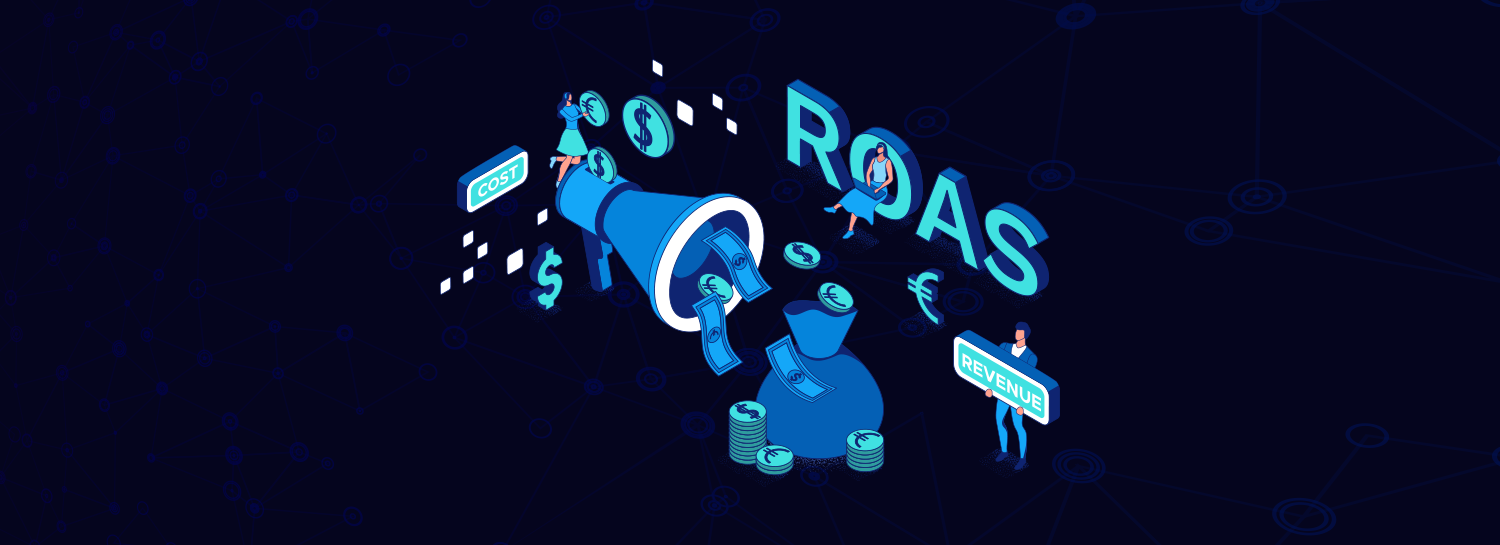The search landscape is evolving faster than ever — and traditional SEO is no longer enough.
With the rise of AI-powered search interfaces and answer engines like Google’s Search Generative Experience (SGE), brands relying solely on keyword-driven, link-heavy strategies face a stark reality: Gartner predicts a 20–40% drop in organic traffic by 2026 for businesses that fail to adapt.
What’s Changing in Search?
The way users engage with search results is shifting. Instead of scrolling through blue links, users are increasingly getting their answers directly from AI-generated summaries or snippets. These are often structured in a zero-click format, meaning the user’s question is answered without needing to click through to a website.
Zero-click searches accounted for over 50% of all Google searches in 2023, according to SEMrush. With the introduction of SGE and similar AI-driven features across other engines and platforms (like Bing AI and Perplexity), this number is expected to rise.
Enter AEO and GEO
To remain discoverable, brands must optimize for the evolving structure of AI-powered search.
Answer Engine Optimization (AEO) involves structuring content to be easily summarized by AI. This includes:
- Using concise, fact-based answers
- Incorporating structured data/schema markup
- Addressing high-intent queries in a Q&A or how-to format
Generative Engine Optimization (GEO) goes a step further. It optimizes content to appear in AI-generated responses, conversational interfaces, and summary boxes.
The Role of Content Design and Structure
In the AI search era, content needs to be both highly factual and contextually rich. Google’s SGE and other AI engines prioritize credibility, clarity, and semantic relevance. Pages optimized with clear headings, bulleted answers, and proper schema are more likely to be used in AI-generated responses.
This is a dramatic shift from traditional SEO, where backlinks and keyword density reigned supreme. Now, intent and structure matter more than ever.
Why SEO Teams Are Struggling to Keep Up
Most in-house SEO teams are still calibrated for traditional ranking systems. Their workflows, tools, and KPIs were built around search result pages (SERPs), not conversational or AI-curated environments.
The gap between SEO strategy and AI-era search behaviour is growing, and brands risk losing visibility if they don’t recalibrate now.
How Paragon Digital Services Helps Clients Stay Discoverable
Paragon supports SEO transformation through data-driven content operations and search optimization frameworks built for the AI era. Here’s how:
- Content audits to identify visibility gaps in AI-generated environments
- Schema implementation and structured data tagging to support AI summarization
- Keyword and intent mapping based on evolving search behaviours
- Zero-click optimization strategies to win Featured Snippets, People Also Ask, and Knowledge Panels
We ensure your content is ready for where users find answers — not just where traditional SEO tools say your rank.










